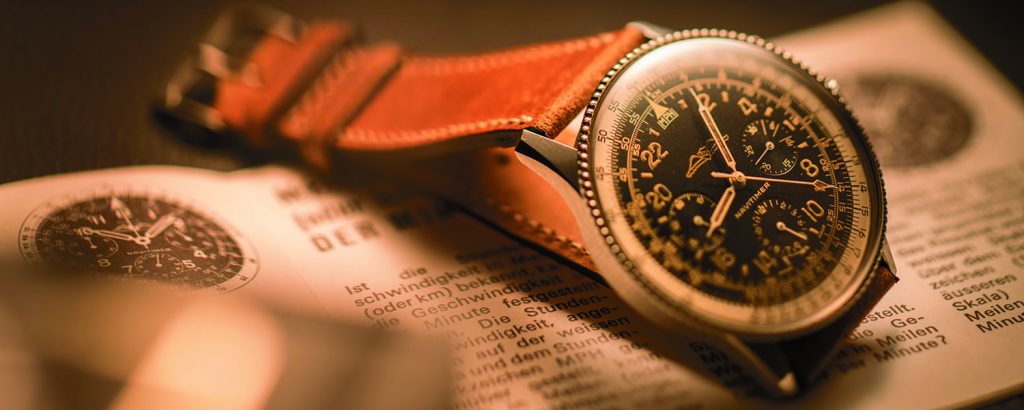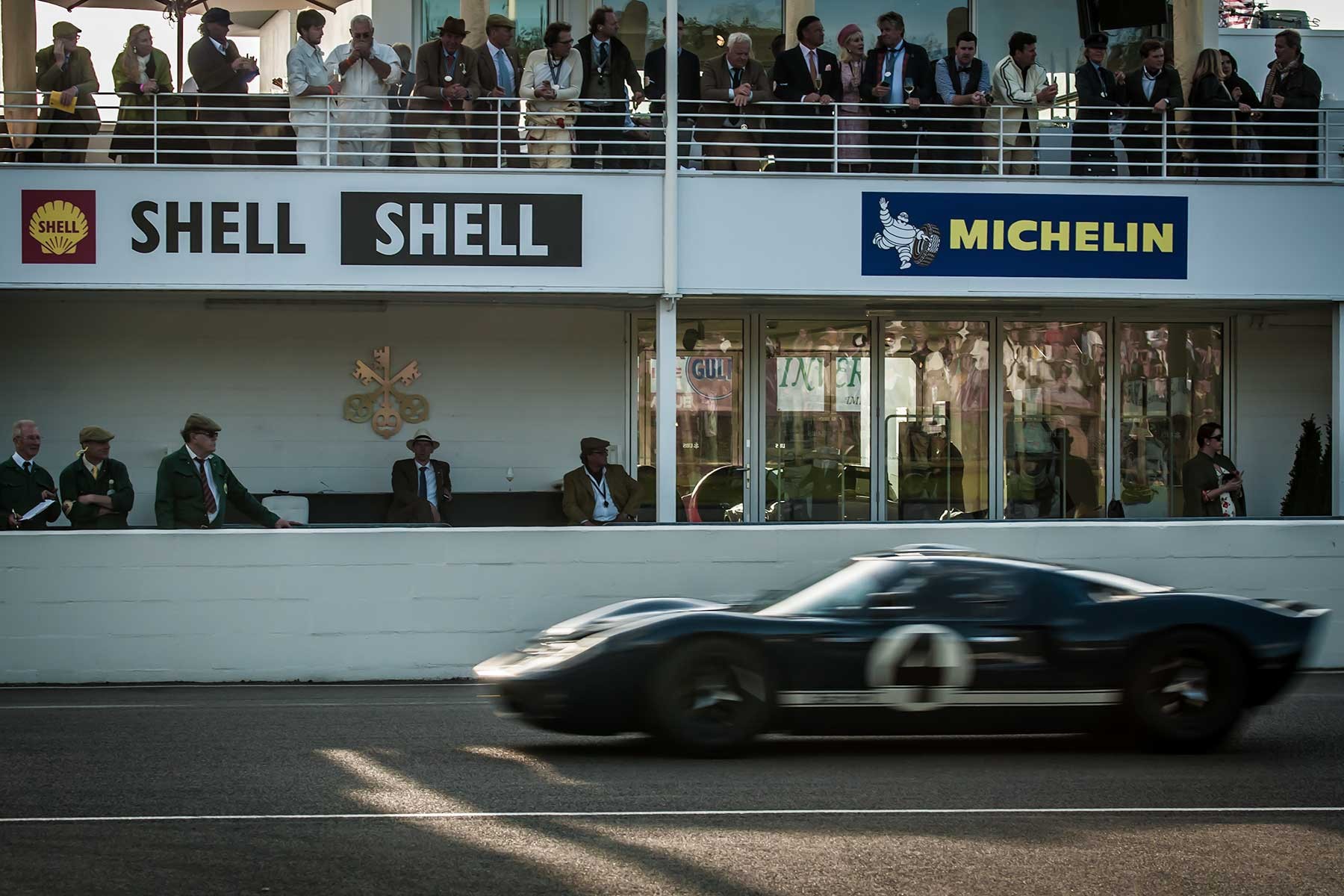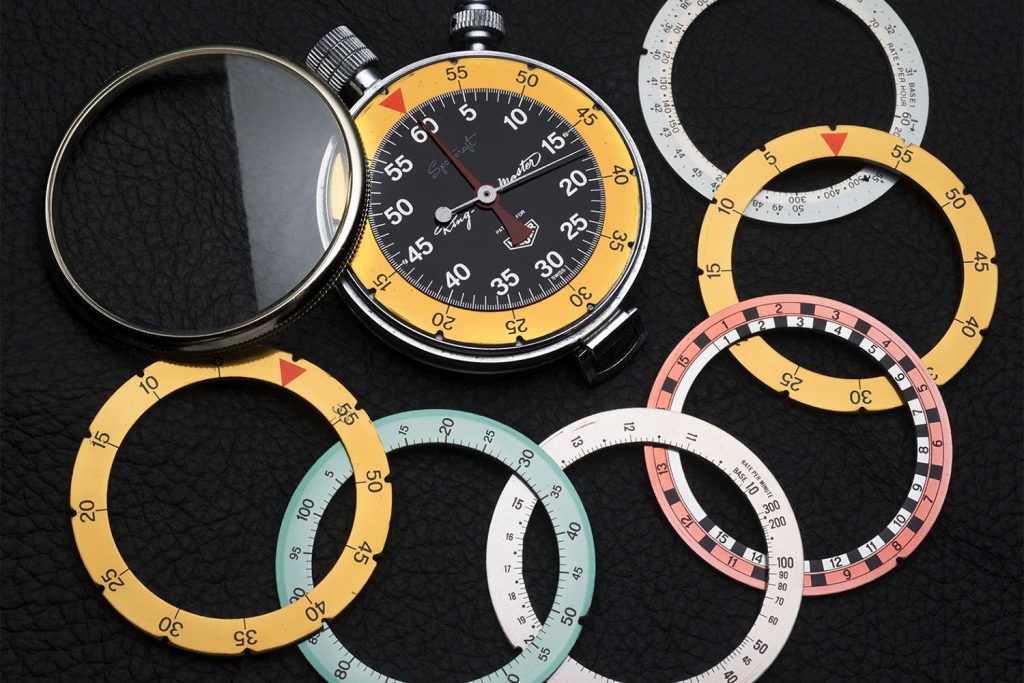
On many watches we find on the bezel or dial some kind of scale. For most of us this has only an aesthetic value, but what is the purpose of this scale ?
Discover in this blog article how this this scale can provide you with useful information.
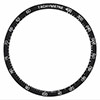
Tachymeter
The tachymeter scale is the most common scale used on a chronograph and is associated with cars, racing and measuring speed. Despite not being used much, if at all, in practice it gives a certain look to a timepiece.
How does this scale actually work ?
The tachymeter scale measures a value measured in less than 1 minute.
If you travel exactly 1 kilometer in a car and you start the chrono when you leave and you stop the chrono when you have traveled the kilometer, the tachymeter scale will show the speed at which you traveled this kilometer.
So if you cover this kilometer in 30 seconds this corresponds to on the tachymeter the value 120 and thus 120 km/h.
In some timepieces, this scale is applied in the bezel while others incorporate it into the dial.
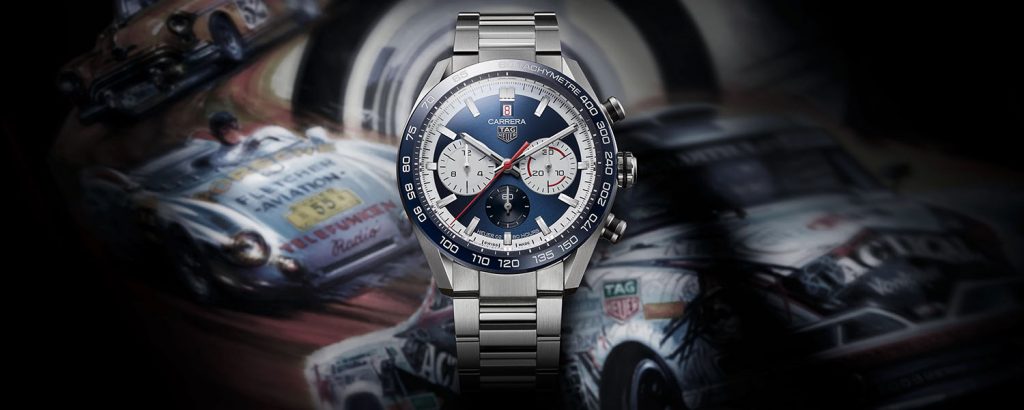
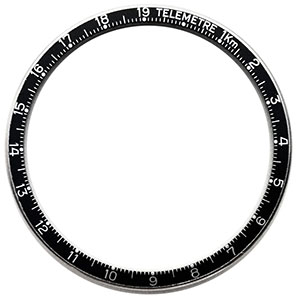
Telemeter
The telemeter scale is much rarer to find on a timepiece but in practice it is more useful than a tachymeter.
So what exactly does this scale do ?
The telemeter allows you to determine the distance to a particular event or phenomenon that is both visible and audible.
For example, the moment you see a flash of lightning you start the chronograph. The moment you hear thunder you stop the chronograph. The value displayed on the telemeter scale is the distance the storm is away from you in km or miles depending on the scale on the watch.
Telemetric watches were also historically used by the military to ascertain the position of enemy artillery.
In real life several “Tornado Hunters” use these type of watches on there hunt for the perfect storm.
Click here for a Video of the Ball Stormchaser Pro
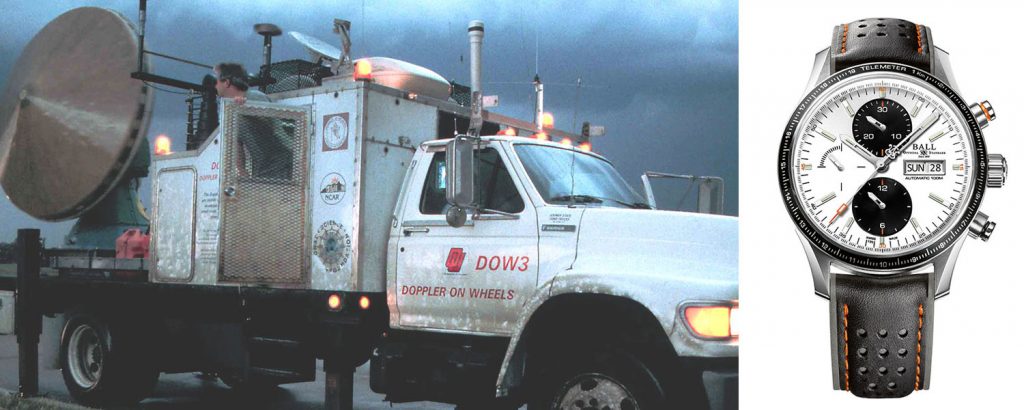
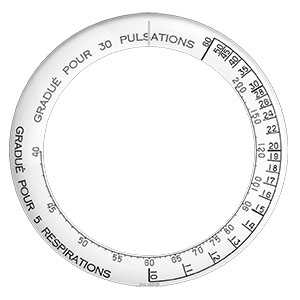
Pulsometer – Asthmometer
The pulsometer is also a scale that is rare on a watch and is or was especially popular with physicians because it had a practical application for them. Indeed, this scale allows one to easily count how many heartbeats are recorded per minute.
English physician Sir John Floyer (1649-1734) first introduced the practice of measuring the pulse and asked clockmaker Samuel Watson to adapt a watch for this precise purpose, some 300 years before smartphones and watches began to monitor all our functions. However, it was not until the early 20th century that the Pulsometer watch (sometimes called a Pulsograph) was widely used by the medical community to measure a patient’s heart rate.
How do you use this pulsometer ?
You start the chronograph and begin measuring the pulse rate. After 30 heartbeats you stop the chrono or you read the scale. If 30 heartbeats take 22 seconds, the pulse is e.g. 80 beats per minute.
In addition to the pulsometer scale, in some cases we also find a breathing scale (Asthmometer) with this type of watch. This scale is usually calibrated to 5 breaths. So, you start the chrono at the first breath, and after the 5th, you stop the chrono again. The scale then indicates the number of breaths per minute.
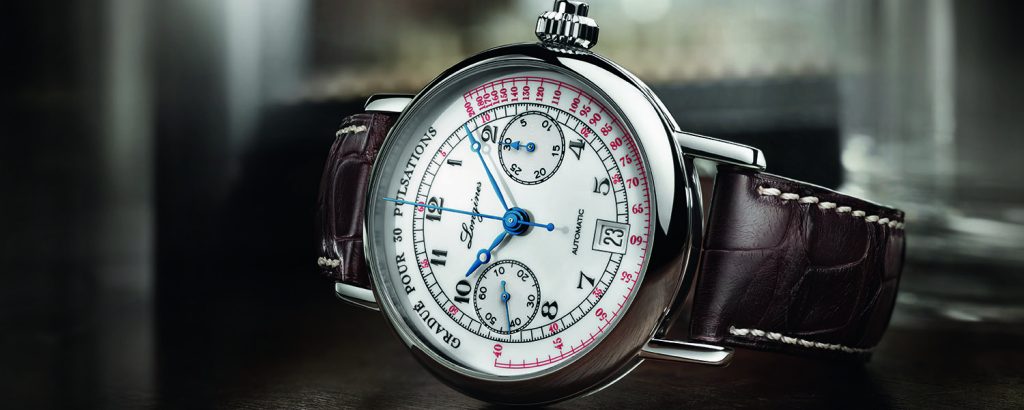
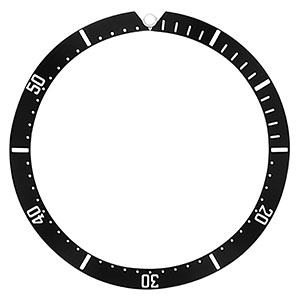
Count-up aka Dive scale
The purpose of a dive scale on the bezel of a timepiece is to keep track of time elapsed underwater. A true diving scale, according to the ISO 6425 standard, is only rotatable in 1 direction and contains a 60-minute scale with a mark every 5 minutes. These markings are usually equipped in superluminova so that they are easily readable underwater in lesser light conditions as well. The start mark is usually in the form of a triangle or diamond.
The reason for choosing this simple rotating bezel instead of a chronograph must be sought in the fact that the push buttons of a chronograph could potentially compromise the water resistance of the timepiece.
Some of the timepieces that can be counted among the pioneers of the diving world are the Rolex Submariner and the Blancpain’s Fifty Fathoms.
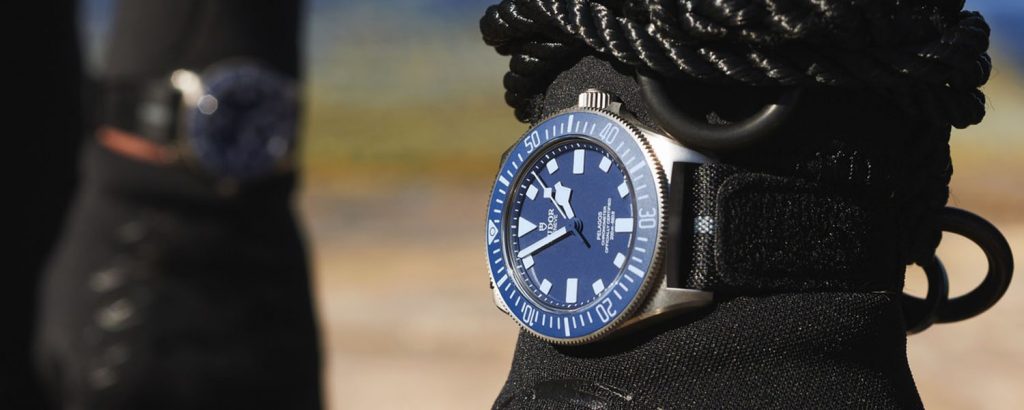
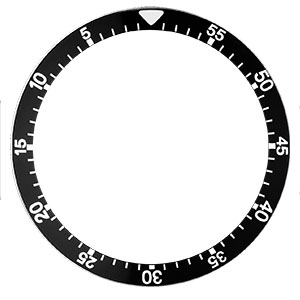
Count-down scale
The opposite of the diving scale is the countdown scale. Like the diving scale, it has a scale that indicates 60 minutes but this scale starts at 60 and thus counts down.
This bezel on the watch is usually bidirectional and is not directly suitable as a diving scale.
This scale finds its application rather in military watches where they used it as a scale after launching a bomb or this scale is also used in regatta sailing races.
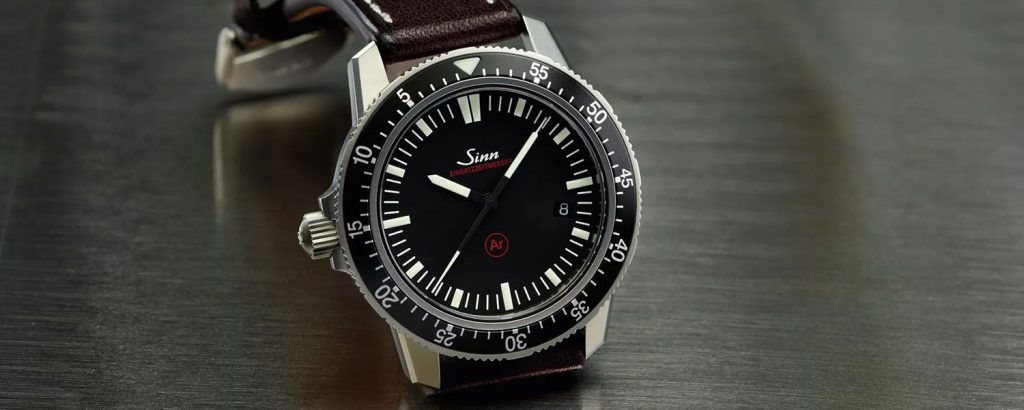
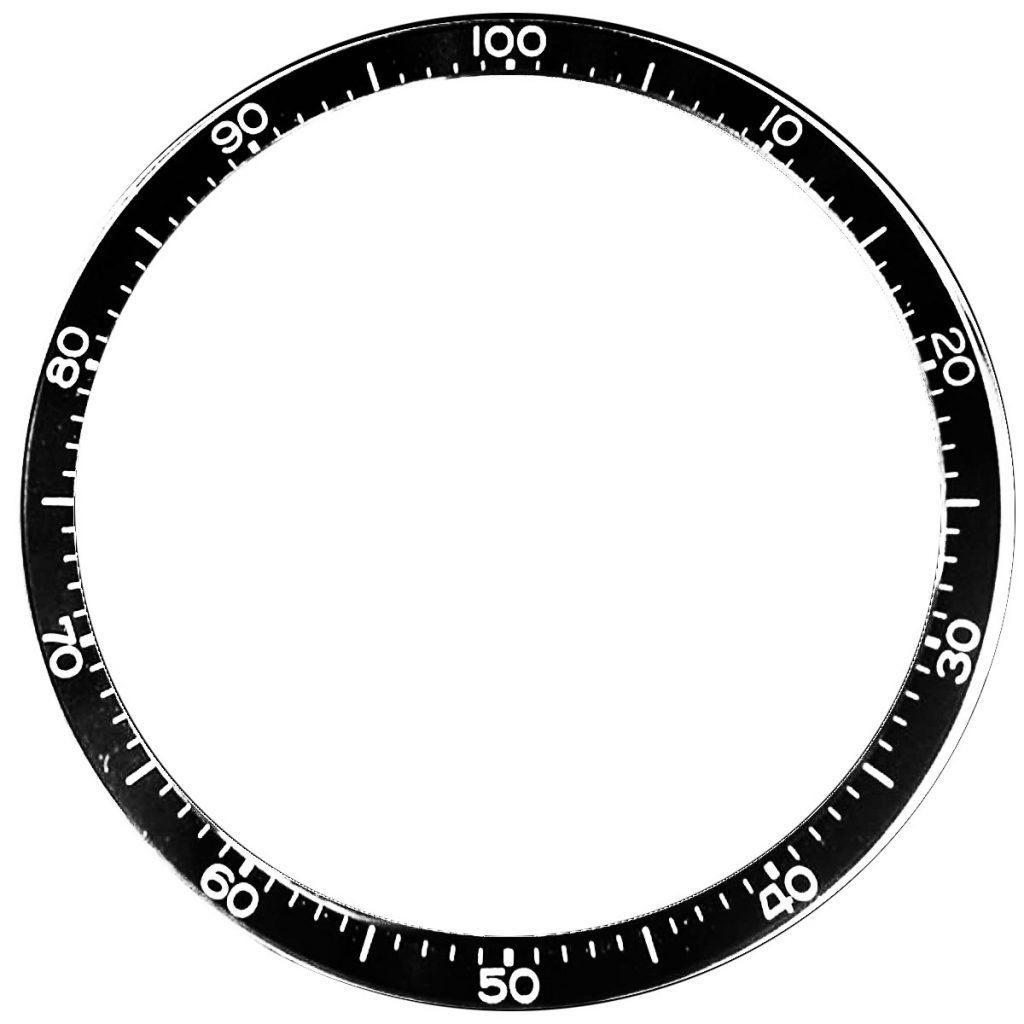
Decimal scale
The much less common decimal scale divides a minute into 100 parts so that time can be converted into decimals.
This scale is mainly used for scientific and industrial determination of time or cost. This scale is used in conjunction with a chronograph to measure time and translate it into the decimal value.
Tag Heuer and Omega are some manufacturers that have produced timepieces with a decimal scale.
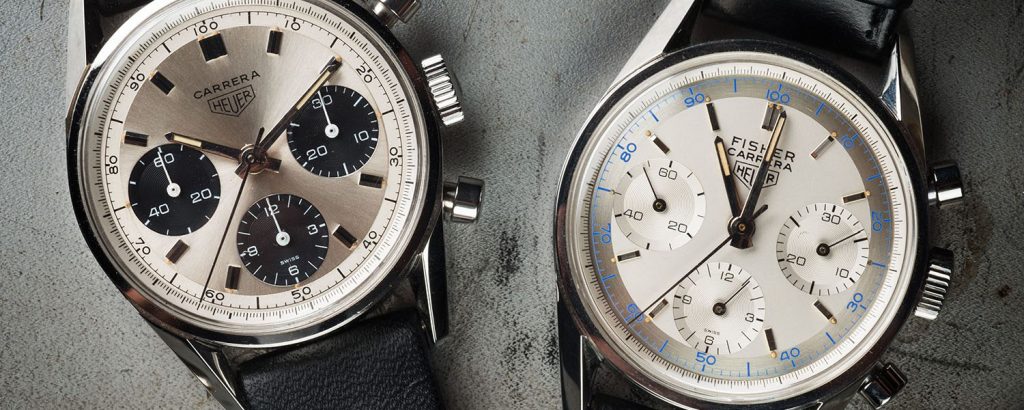
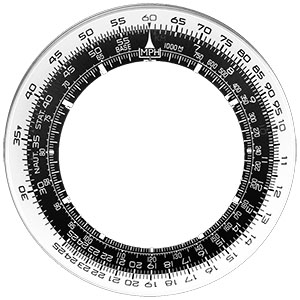
Slide rule scale
They always say “Save the best for last,” which is why we’re keeping the slide rule, the most challenging scale, to the last. This scale, best known from the legendary Breitling Navitimer, actually consists of two matching logarithmic scales – one stationary on the dial and one on a rotating outer ring. You can multiply and divide by rotating the outer ring.
You can use this scale to perform all kinds of navigation calculations: airspeed, rate of ascent/time of climb or descent, flight time, distance and fuel consumption, as well as conversions of distance units.
For a full explanation of how to use this, please refer to Breitling’s instruction manual which explains all about it.
https://www.breitling.com/media/document/2/navitimer_b01_chronograph_43_46.pdf
The slide rule is most often found on pilot’s watches, the pilot’s license, unfortunately, you do not get when purchasing this type of watch 😉
